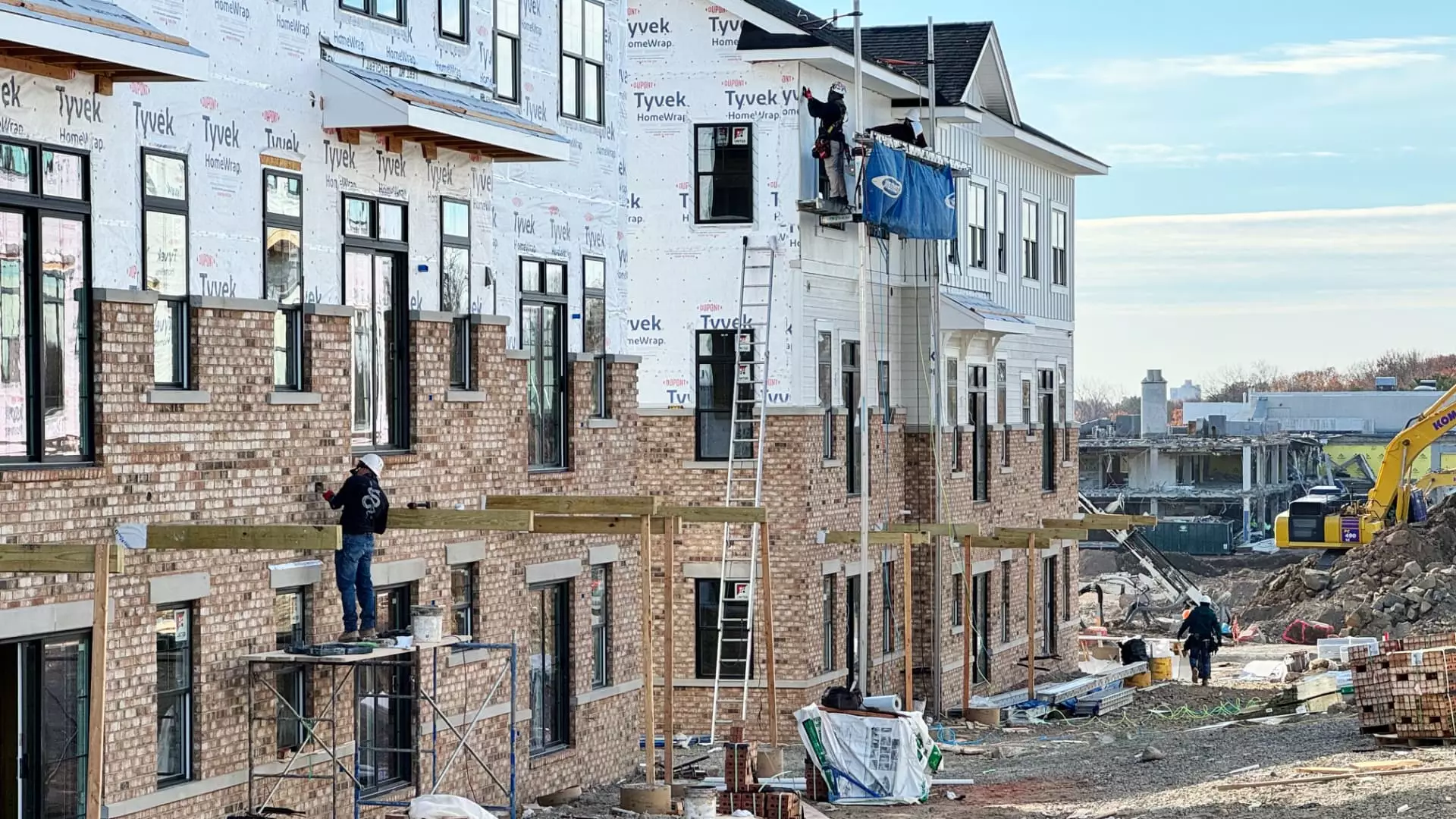The inflationary landscape that President-elect Donald Trump is set to inherit comes with myriad complexities, particularly concerning housing costs. While federal policymakers possess some levers to pull, their influence over this segment of the economy remains limited. A recent analysis of the consumer price index (CPI) offers a dual perspective: one of cautious optimism blended with significant persistent challenges. Understanding the nuances of this situation is essential for grasping both the constraints and possibilities inherent in Trump’s economic agenda.
The latest CPI report revealed a both positive and negative development within the shelter component, which comprises a substantial one-third of the total inflation index. On one hand, the year-on-year increase for housing costs saw the smallest gain since February 2022, a sign that the relentless climb may be moderating. Additionally, two crucial rent-related metrics displayed their least monthly increases in over three years. This downturn in escalation is notable, yet the facts remain stark—as of now, an annual housing inflation rate of 4.7% persists, a figure that harkens back to the early ’90s. Excluding the exceptional circumstances surrounding the COVID-19 pandemic, this benchmark provides a sobering reminder of the systemic challenges posed by the housing market.
What exacerbates the complexity is the statistic revealing that housing accounted for around 40% of the monthly rise in the CPI—overtaking food costs for the first time in recent history. With inflation nudging close to 2.7% and 3.3% without food and energy costs factored in, the road back to the Federal Reserve’s target appears fraught, relying heavily on easing housing inflation. As Lisa Sturtevant, chief economist at Bright MLS, pointed out, the potential for a slowing in year-over-year rent growth feels tantalizingly close but remains elusive.
An enduring structural issue in the housing market is the disconnection between supply and demand; a battle that has persisted since the pandemic’s onset. With supply currently estimated to be 17% lower than five years ago, the implications for rising rents are clear. According to Zillow, the average national rent has rebounded to $2,009, reflecting a small decrease from previous months but still representing a 3.3% rise compared to the same period last year. Over the span of four years, national rents have surged by approximately 30%, laying bare the considerable strain on renters and homeowners alike.
Rising housing costs are compounded by high interest rates, a critical concern for those entering homeownership in the current environment. Despite efforts by the Federal Reserve to recalibrate rates—cutting the benchmark borrowing rate by 0.75% since September—the corresponding increase in 30-year mortgage rates presents a paradox. Such dynamics could hinder the aspirations of Trump’s administration to catapult inflation towards manageable levels, illustrating how intricately linked the housing market is to broader economic conditions.
As Trump prepares to navigate the policies on the horizon, the potential impact of his proposed economic strategies must also be considered. Previous initiatives, such as implementing tax cuts and implementing tariffs, have been labeled as inflationary by certain economists, raising questions about their efficacy in stabilizing economic conditions. According to Sturtevant, these strategies could paradoxically complicate the pursuit of the Federal Reserve’s 2% inflation target.
Deregulation emerged as a cornerstone of Trump’s economic platform during the campaign, with the pertinence of this approach resonating deeply within the housing sector. If implemented, such policies could theoretically open up federal land for new housing constructions, providing much-needed relief in supply. However, the implementation timeline remains uncertain, and immediate relief may not materialize quickly enough to alleviate existing pressures.
In the financial markets, prevailing sentiments appear cautiously optimistic about the housing landscape. Key economists suggest that rent growth may gradually align with expectations for 2% inflation. However, experts continually emphasize that a decline in shelter costs is paramount for sustained economic health moving forward. As Robert Frick from Navy Federal Credit Union articulately expressed, although the recent slowdown in rising shelter costs might suggest progress, the pervasive influence of these expenses on the overall inflation picture remains unchanged.
The irony of Trump’s predicament becomes apparent—the necessary declines in housing investment and lending costs are inextricably linked, creating a Catch-22 scenario where significant progress is required on one front before meaningful advancement can occur on the other. This duality encapsulates the intricate environment President-elect Trump must navigate, combining economic aspirations with stark realities. In the end, the housing market holds both the keys and the challenges to Trump’s inflation narrative, and its path forward remains uncertain.

